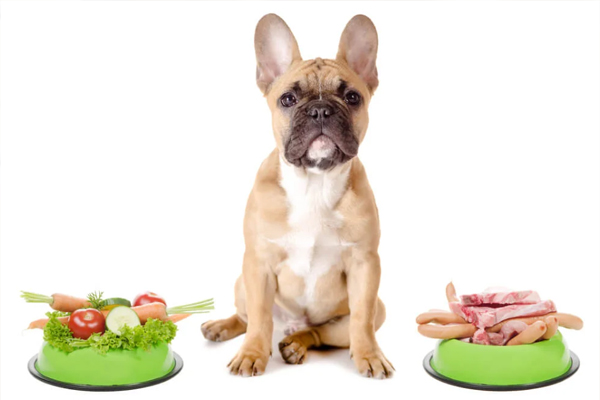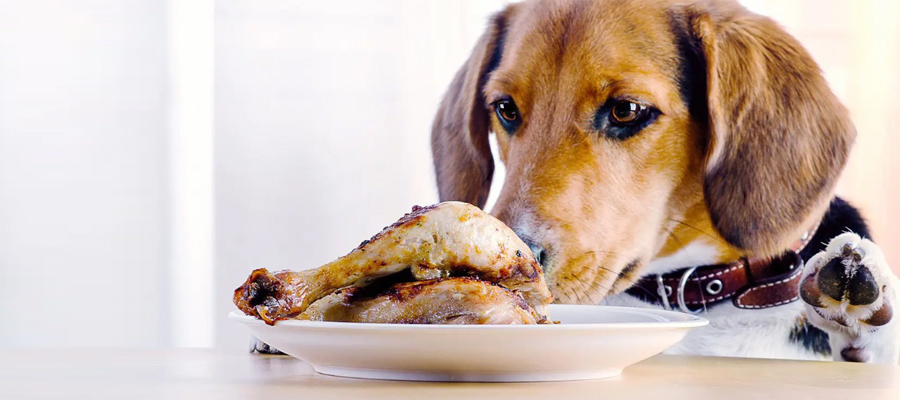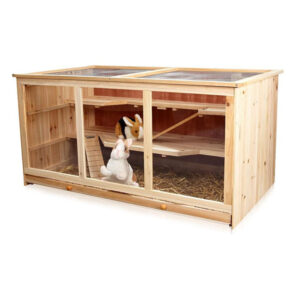As pet owners, we strive to provide the best care for our beloved furry friends. However, just like humans, pets can also develop food allergies, which can cause discomfort and health issues. Recognizing and managing food allergies in pets is crucial for their well-being.
Understanding Food Allergies in Pets: Food allergies occur when an animal’s immune system overreacts to certain ingredients in their diet. These allergies can manifest in various ways, including gastrointestinal issues, skin problems, and respiratory symptoms. Common signs of food allergies in pets include itching, redness, rashes, recurrent ear infections, vomiting, diarrhea, and excessive gas. If you suspect that your pet may have a food allergy, it’s important to consult with a veterinarian for an accurate diagnosis.
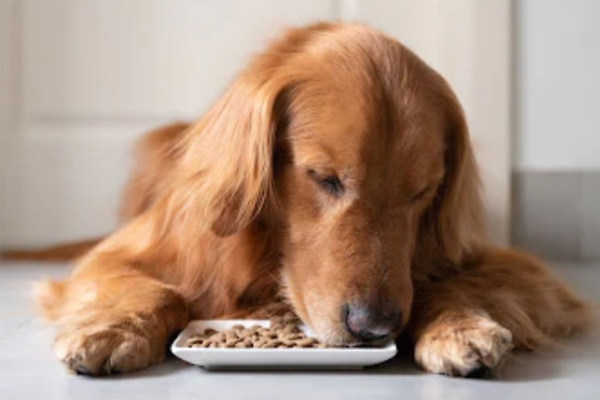
Identifying Common Allergens: Several ingredients commonly found in pet food have the potential to trigger allergies in sensitive animals. The most common food allergens for pets include beef, chicken, dairy products, wheat, soy, corn, eggs, and fish. However, it’s worth noting that any ingredient can potentially cause an allergic reaction. Identifying the specific allergen affecting your pet is crucial for managing their food allergies effectively.
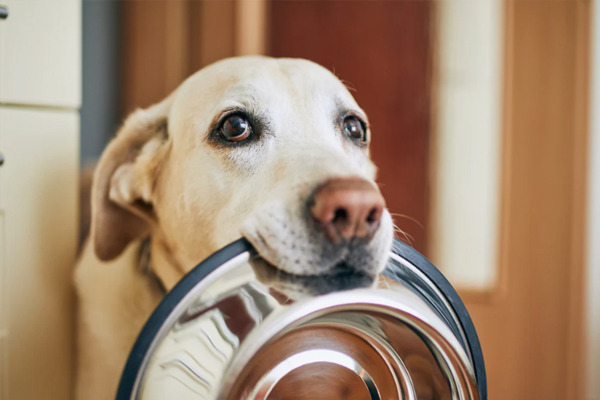
Diagnosing Food Allergies: Diagnosing food allergies in pets can be a complex process. Your veterinarian may recommend a food elimination trial, which involves feeding your pet a diet consisting of novel protein and carbohydrate sources. This means feeding them a diet with ingredients they have never consumed before, such as venison and sweet potatoes. Throughout the trial period, you should closely monitor your pet’s symptoms and document any changes. If your pet’s symptoms improve during the elimination trial and return when the original diet is reintroduced, it suggests a food allergy.
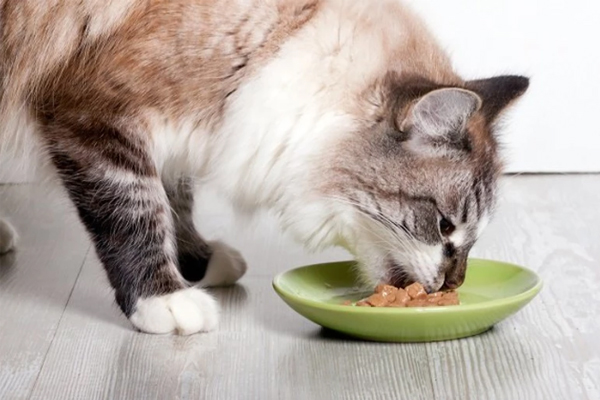
Managing Food Allergies: Once a food allergy is diagnosed, the primary goal is to eliminate the offending ingredient from your pet’s diet. Here are some strategies to effectively manage food allergies in pets:
- Read Labels and Choose Hypoallergenic Diets: Opt for pet foods labeled as hypoallergenic or limited ingredient diets. These formulations typically contain novel protein and carbohydrate sources, making it less likely for your pet to have an allergic reaction. Consult with your veterinarian to determine the most suitable diet for your pet’s specific needs.
- Home-Cooked Meals: Preparing homemade meals gives you complete control over the ingredients your pet consumes. Work with a veterinary nutritionist to ensure your pet’s diet is nutritionally balanced and meets their dietary requirements.
- Avoid Table Scraps and Treats: It’s important to prevent your pet from consuming foods that may contain allergens. Educate family members and visitors about your pet’s food allergies and discourage them from feeding your pet table scraps or treats without your knowledge.
- Gradual Diet Transition: When introducing a new diet to your pet, it’s essential to do so gradually. Mix small amounts of the new food with their current diet over several days to allow their digestive system to adjust.
- Monitor and Document Symptoms: Regularly monitor your pet for any signs of allergic reactions. Keep a journal to track their symptoms, including the ingredients they consume and any changes in their environment, to identify potential triggers.
- Consult with a Veterinary Dermatologist: If your pet’s food allergies manifest primarily as skin issues, a veterinary dermatologist can provide specialized care and recommend additional treatment options, such as allergy shots or medications to alleviate itching and inflammation.
Food allergies can significantly impact your pet’s quality of life, but with proper management and attention, you can help alleviate.
